UNESCO in Mexico has a rich cultural and natural heritage, recognized and celebrated through several UNESCO World Heritage Sites. Please note that new sites may have been added or changes may have occurred since then. Here is a comprehensive list of UNESCO World Heritage Sites in Mexico, along with brief explanations of their significance:
Historic Centre of Mexico City and Xochimilco (1987)
The Historic Centre of Mexico City represents the heart of the Aztec Empire and colonial Mexico. It includes landmarks such as the Metropolitan Cathedral, the National Palace, and the Templo Mayor, showcasing the blending of indigenous and Spanish colonial influences. Xochimilco, known for its floating gardens and canals, provides insight into pre-Hispanic agricultural practices.
Historic Centre of Oaxaca and Archaeological Site of Monte Albán (1987)
The Historic Centre of Oaxaca preserves well-preserved colonial architecture, including the Santo Domingo Church and the Oaxaca Cathedral. Monte Albán, an ancient Zapotec archaeological site, was a major urban center with pyramids, temples, and tombs, reflecting the achievements of pre-Columbian civilizations.
Historic Centre of Puebla (1987)
Puebla’s historic center features a unique blend of Spanish colonial architecture and indigenous elements. The city is known for its colorful tiles (talavera), baroque churches, and the Puebla Cathedral, representing a fusion of European and Mesoamerican cultures.
Pre-Hispanic City of Teotihuacan (1987)
Teotihuacan, one of the most significant Mesoamerican archaeological sites, includes the Pyramid of the Sun, the Pyramid of the Moon, and the Temple of the Feathered Serpent. It was a major cultural and religious center, showcasing advanced urban planning and monumental architecture.
Sian Ka’an (1987)
Sian Ka’an is a biosphere reserve on the eastern coast of the Yucatán Peninsula. It encompasses diverse ecosystems, including tropical forests, wetlands, and coral reefs. The site is crucial for biodiversity conservation and includes archaeological remains of the ancient Maya civilization.
Historic Town of Guanajuato and Adjacent Mines (1988)
Guanajuato’s historic town is characterized by well-preserved colonial architecture, narrow streets, and underground tunnels. The adjacent mines played a crucial role in the region’s silver production during the colonial era.
Pre-Hispanic City and National Park of Palenque (1987)
Palenque, an ancient Maya city, features well-preserved temples, palaces, and pyramids surrounded by a lush tropical forest. The site offers insights into Maya art, architecture, and the civilization’s spiritual beliefs.
Historic Centre of Morelia (1991)
Morelia’s historic center is an example of Spanish colonial urban planning, with well-preserved buildings constructed from pink stone. The city is known for its Baroque-style cathedral and aqueduct.
El Tajin, Pre-Hispanic City (1992)
El Tajin, a Totonac archaeological site, features impressive pyramids, ball courts, and reliefs. The city reflects the cultural and architectural achievements of the Totonac civilization.
Whale Sanctuary of El Vizcaino (1993)
The Whale Sanctuary of El Vizcaino, located in Baja California Sur, is a crucial breeding and calving ground for the gray whale. The site supports marine biodiversity and plays a vital role in the conservation of the gray whale population.
Historic Centre of Zacatecas (1993)
Zacatecas, a colonial city founded in the 16th century, is known for its Baroque and Churrigueresque architecture. The cityscape includes the cathedral, churches, and historic mining structures.
Rock Paintings of the Sierra de San Francisco (1993)
The rock paintings in the Sierra de San Francisco, Baja California, are examples of prehistoric art created by the indigenous peoples of the region. The paintings depict scenes of daily life, animals, and spiritual motifs.
Historic Centre of Puebla (1994)
Puebla’s historic center, separate from the Historic Centre of Puebla and previously mentioned, is distinguished by its well-preserved Renaissance and Baroque architecture. The city is known for its tiled facades and the Puebla Cathedral.
Pre-Hispanic Town of Uxmal (1996)
Uxmal, a Maya archaeological site, showcases well-preserved pyramids, palaces, and ceremonial structures. The city represents the Puuc architectural style and the cultural achievements of the Maya civilization.
Hospicio Cabañas, Guadalajara (1997)
The Hospicio Cabañas in Guadalajara is an 18th-century hospice complex with a remarkable chapel featuring murals by José Clemente Orozco. The site represents the fusion of European and Mexican cultural influences.
Historic Monuments Zone of Querétaro (1996)
Querétaro’s historic zone includes well-preserved Baroque and neoclassical architecture. The city played a significant role in Mexican history, including events leading to the country’s independence.
Santiago de Compostela (1996)
Santiago de Compostela, located in the State of Jalisco, is a colonial town with a well-preserved historic center. It reflects the Spanish influence on urban planning and architecture in the Americas.
Archaeological Zone of Paquimé, Casas Grandes (1998)
Paquimé, a pre-Columbian archaeological site, was a major cultural and trading center for the Casas Grandes civilization. The site features well-planned architecture, ceremonial structures, and evidence of complex societal organization.
Historic Monuments Zone of Tlacotalpan (1998)
Tlacotalpan, located on the Gulf Coast, is a well-preserved Spanish colonial river port. The town’s architecture reflects a fusion of indigenous, Spanish, and Caribbean influences.
Archaeological Monuments Zone of Xochicalco (1999)
Xochicalco, an ancient ceremonial and trading center, features impressive pyramids, plazas, and astronomical observatories. The site reflects a blend of cultural influences and represents the Epiclassic period in Mesoamerican history.
Historic Fortified Town of Campeche (1999)
Campeche’s historic center is surrounded by well-preserved defensive walls and fortifications. The town reflects Spanish colonial urban planning and served as a key port for trade in the Gulf of Mexico.
Ancient Maya City of Calakmul, Campeche (2002)
Calakmul, an ancient Maya city, is located in the Calakmul Biosphere Reserve. The site features impressive pyramids and temples, providing insights into Maya civilization and its relationship with the surrounding environment.
Franciscan Missions in the Sierra Gorda of Querétaro (2003)
The Franciscan missions in the Sierra Gorda reflect the efforts of Spanish missionaries to convert the indigenous population to Christianity. The missions are characterized by their fusion of European and indigenous architectural styles.
Luis Barragán House and Studio (2004)
The Luis Barragán House and Studio in Mexico City is a masterpiece of modernist architecture. It reflects the innovative use of space, light, and color by the renowned architect Luis Barragán.
Islands and Protected Areas of the Gulf of California (2005)
The Gulf of California’s islands and protected areas are home to a diverse marine ecosystem, including endangered species such as the vaquita. The site emphasizes the importance of marine conservation.
Agave Landscape and Ancient Industrial Facilities of Tequila (2006)
This site in the state of Jalisco reflects the traditional agricultural and industrial processes associated with tequila production. It highlights the cultural importance of agave cultivation and the production of Mexico’s iconic beverage.
Central University City Campus of the Universidad Nacional Autónoma de México (UNAM) (2007)
UNAM’s Central University City Campus in Mexico City is an architectural ensemble designed by a group of prominent architects. It represents the modernist movement and the integration of art, science, and education.
Monarch Butterfly Biosphere Reserve (2008)
The Monarch Butterfly Biosphere Reserve is a critical habitat for the monarch butterfly’s annual migration. Millions of butterflies travel to the reserve from North America, highlighting the importance of conservation efforts.
Protective town of San Miguel and the Sanctuary of Jesús Nazareno de Atotonilco (2008)
San Miguel de Allende’s historic town is known for its well-preserved colonial architecture. The Sanctuary of Jesús Nazareno de Atotonilco is a pilgrimage site with Baroque and Neoclassical elements.
Camino Real de Tierra Adentro (2010)
The Camino Real de Tierra Adentro was a major trade route connecting Mexico City to San Juan Pueblo in present-day New Mexico, USA. The site reflects the cultural exchange and trade along this historic route.
Prehistoric Caves of Yagul and Mitla in the Central Valley of Oaxaca (2010)
The prehistoric caves of Yagul and Mitla contain archaeological evidence of early human occupation and ancient rock art. The site contributes to the understanding of pre-Columbian cultures in the region.
El Pinacate and Gran Desierto de Altar Biosphere Reserve (2013)
This biosphere reserve in Sonora includes a diverse desert ecosystem, volcanic landscapes, and the Gran Altar Desert. It is of scientific importance for studying desert ecology.
Aqueduct of Padre Tembleque Hydraulic System (2015)
The Aqueduct of Padre Tembleque, located in central Mexico, is an impressive hydraulic system constructed in the 16th century. It demonstrates the technological innovations used to transport water over long distances.
Archaeological Monuments Zone of Yaxchilán (2015)
Yaxchilán, an ancient Maya city, is known for its well-preserved temples and sculptures. The site provides insights into Maya architecture, art, and political history.
Archipelago of Revillagigedo (2016)
The Revillagigedo Archipelago, located in the Pacific Ocean, is a marine reserve with rich biodiversity. It is a critical habitat for sharks, manta rays, and other marine species.
Tehuacán-Cuicatlán Valley: originary habitat of Mesoamerica (2018)
This site, located in the states of Puebla and Oaxaca, is a biodiversity hotspot and an area of cultural importance for indigenous communities. It highlights the connection between human communities and their natural environment.
Archaeological Site of Chalcatzingo (2019)
Chalcatzingo, located in the state of Morelos, features archaeological remains from different periods, including Olmec and Aztec. The site is known for its rock carvings and sculptures.
Archaeological Site of Pañamé (2021)
Pañamé, located in the state of Campeche, is an archaeological site with structures from the pre-Classic period. It provides insights into early urban planning and social organization in Mesoamerica.
Conclusion:
Mexico’s UNESCO World Heritage Sites encompass a diverse range of cultural, historical, and natural wonders. These sites contribute to the global understanding of human history, architectural achievements, and the importance of biodiversity conservation. From ancient Maya cities and colonial towns to natural reserves and modernist architecture, each site holds unique significance, reflecting Mexico’s rich cultural heritage and its commitment to preserving these treasures for future generations.


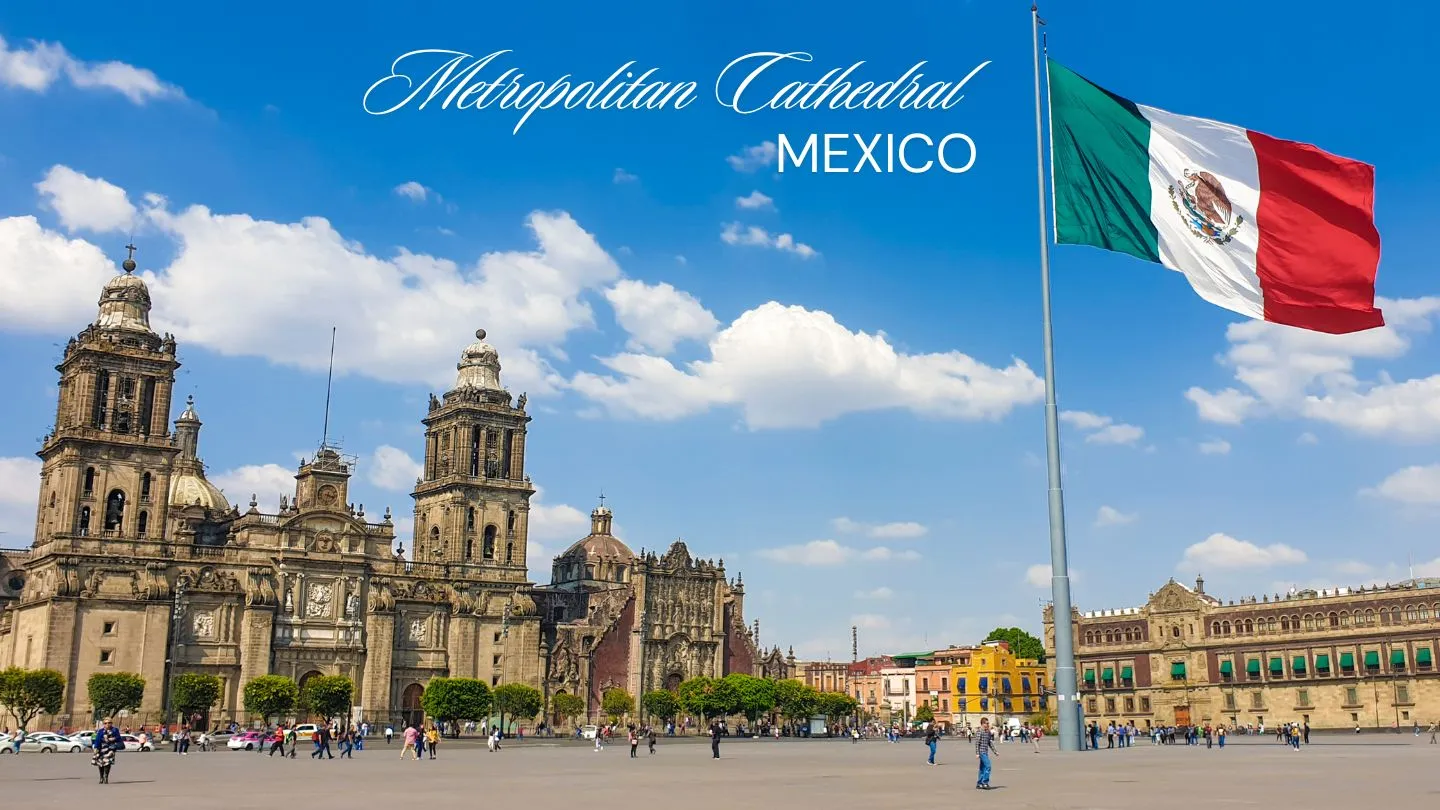

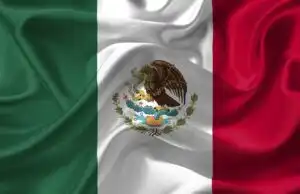
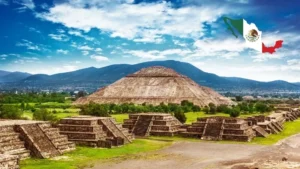
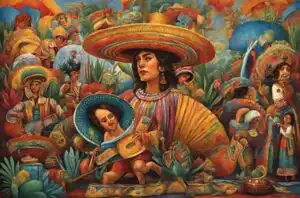
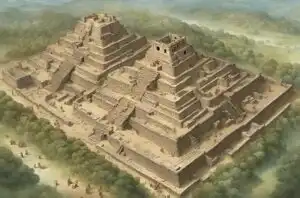

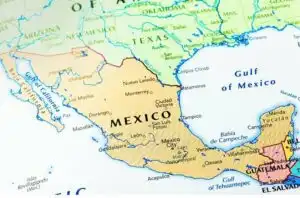

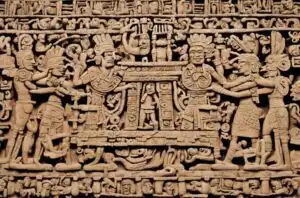

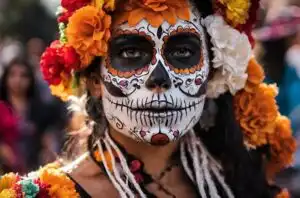
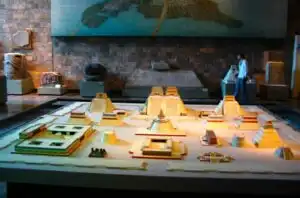
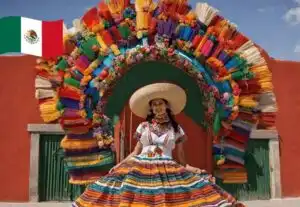








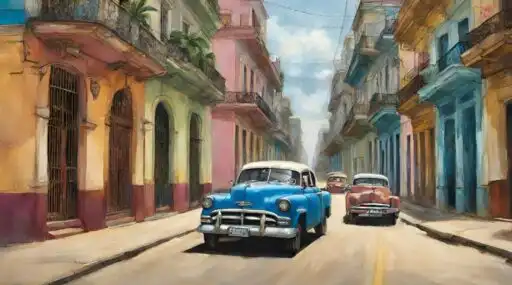




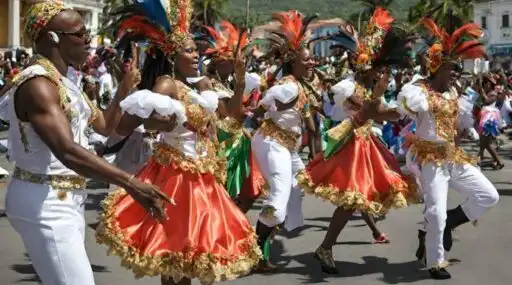

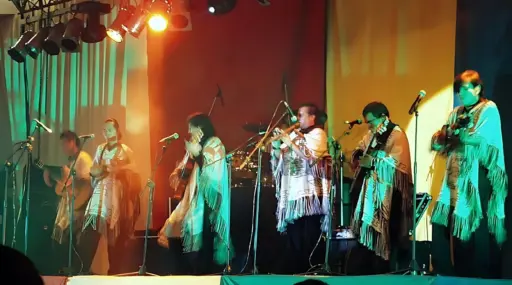


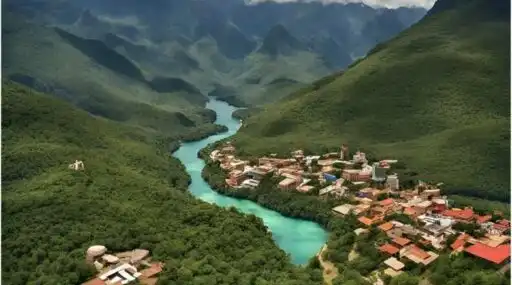

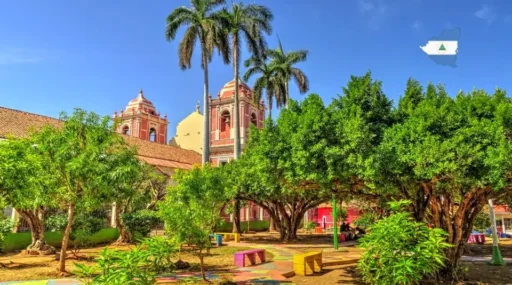
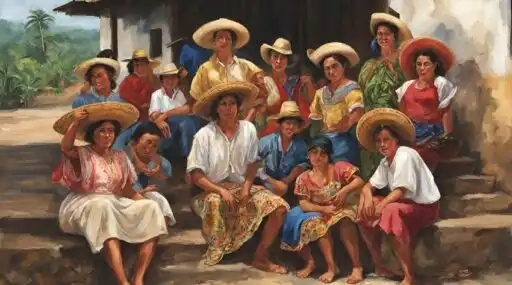
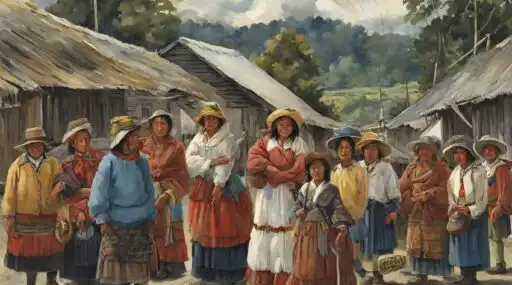



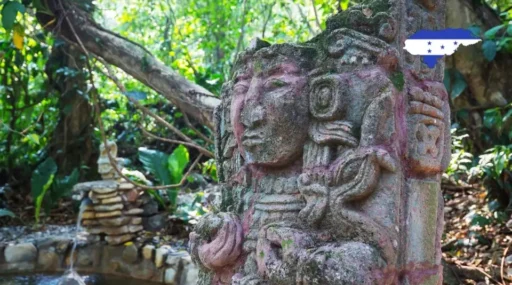





Leave a Reply